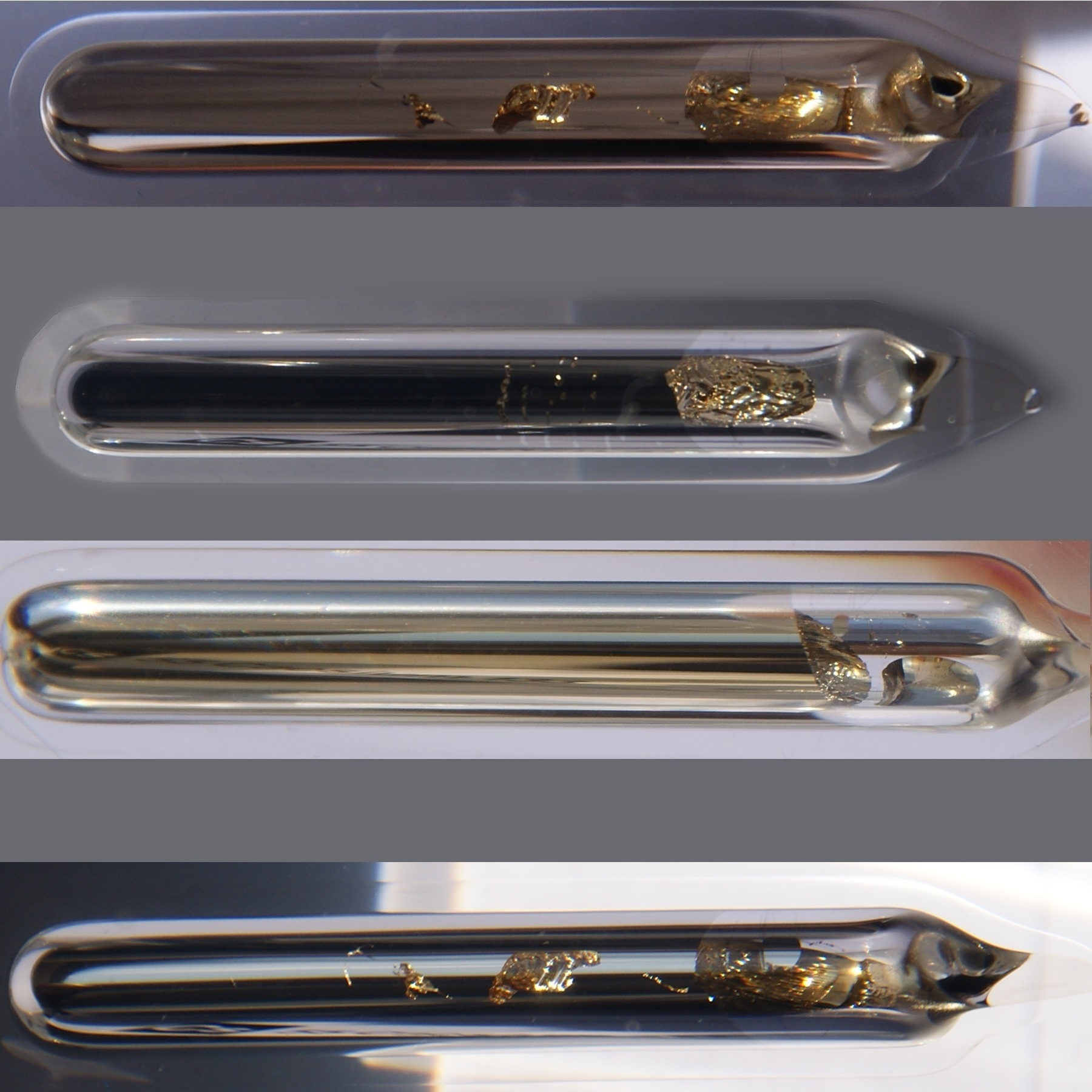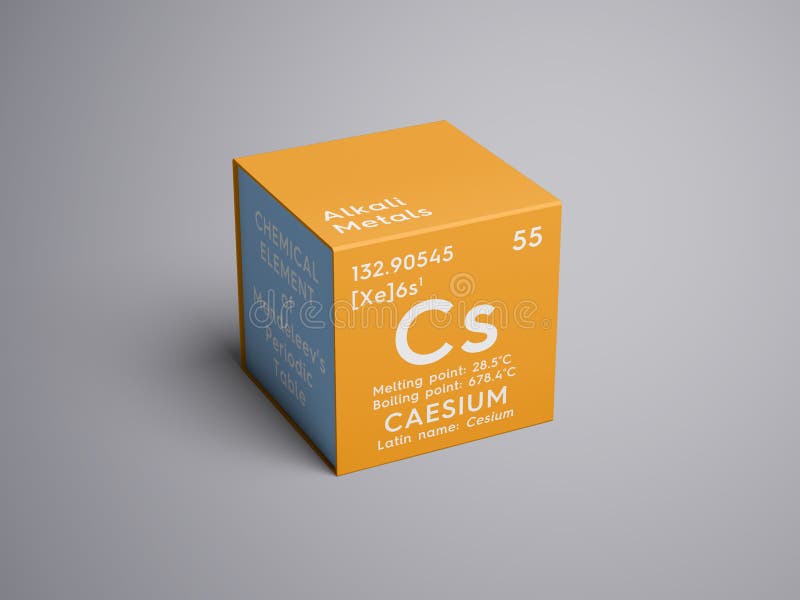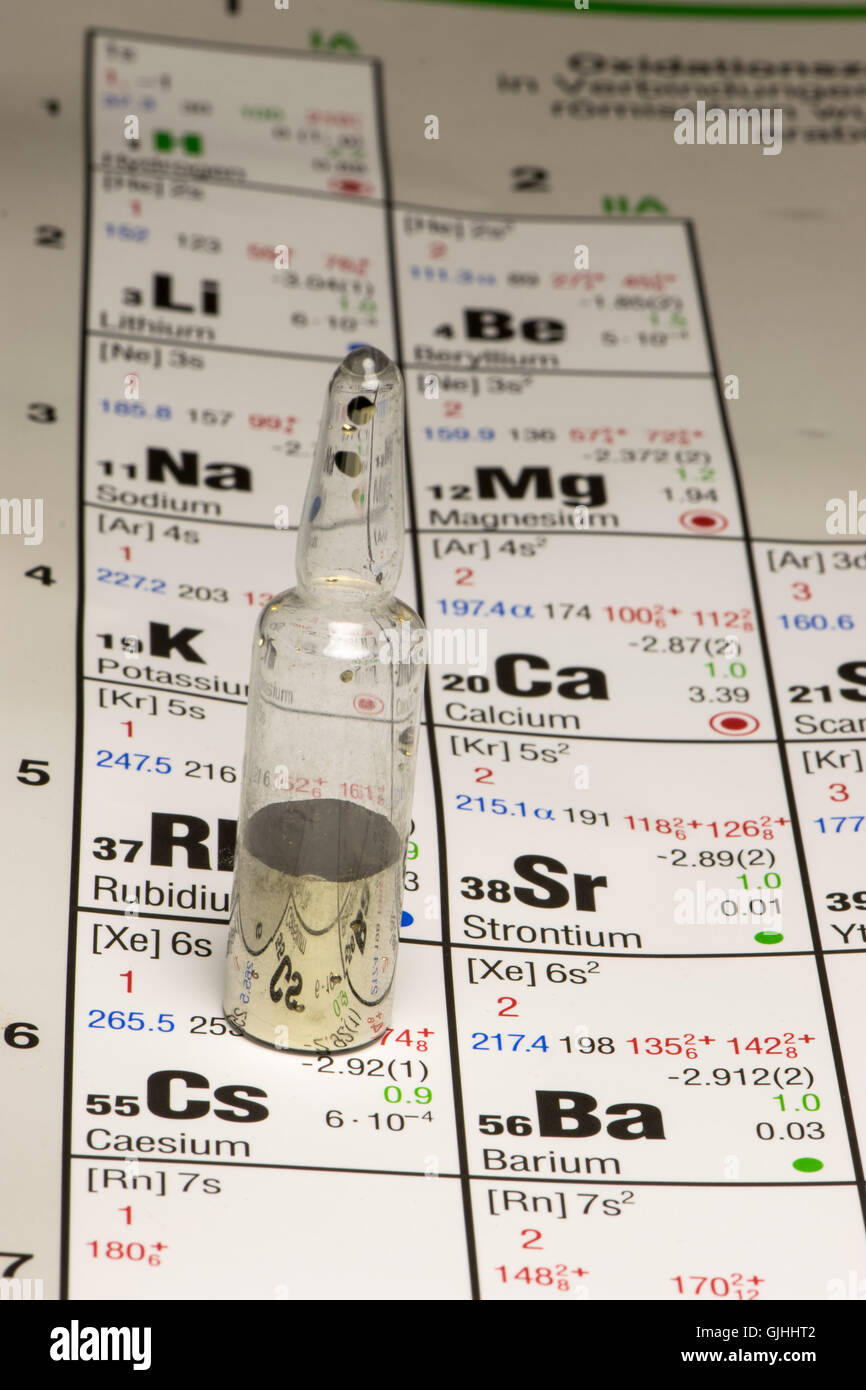

That means that the electron pair is going to be more strongly attracted to the net +1 charge on the lithium end, and thus closer to it. The net pull from each end of the bond is the same as before, but the lithium atom is smaller than the sodium atom. Now compare this with a lithium-chlorine bond. This strong attraction from the chlorine nucleus explains why chlorine is much more electronegative than sodium. The electron pair is so close to the chlorine that an effective electron transfer from the sodium atom to the chlorine atom occurs-the atoms are ionized. The electron pair will be pulled toward the chlorine atom because the chlorine nucleus contains many more protons than the sodium nucleus. The bond can be considered covalent, composed of a pair of shared electrons. Picture a bond between a sodium atom and a chlorine atom. Each of these elements has a very low electronegativity when compared with fluorine, and the electronegativities decrease from lithium to cesium.

It is usually measured on the Pauling scale, on which the most electronegative element (fluorine) is given an electronegativity of 4.0 ( Table A2).Ī graph showing the electronegativities of the Group 1 elements is shown above. However, the distance between the nucleus and the outer electrons increases down the group electrons become easier to remove, and the ionization energy falls.Įlectronegativity is a measure of the tendency of an atom to attract a bonding pair of electrons. As mentioned before, in each of the elements Group 1, the outermost electrons experience a net charge of +1 from the center.

This effect is illustrated in the figure below: The positive charge on the nucleus is canceled out by the negative charges of the inner electrons. In each element, the outer electron experiences a net charge of +1 from the nucleus. The attraction the outer electrons feel from the nucleusĬompare the electronic configurations of lithium and sodium:.The number of layers of electrons around the nucleus.The radius of an atom is governed by two factors: The chart below shows the increase in atomic radius down the group.


 0 kommentar(er)
0 kommentar(er)
